Content
In the autumn season, when vegetables ripen in large quantities in the garden, thrifty housewives strive to preserve them as high quality as possible for the winter, preparing various salads, lecho and other snacks. Many recipes for such blanks require additional sterilization after the cans have been filled with the finished product. Most often, this measure is used if the workpiece does not contain a large amount of preservatives - sugar, salt, vinegar, hot pepper. Additional sterilization allows you to remove absolutely all microorganisms that, in one way or another, can even get into a clean jar and cause fermentation. Filled cans can be sterilized in a variety of ways. We will try to give a detailed description of each of them later in the article.
Sterilization in boiling water
This method of sterilizing filled cans is the most common. To implement it, you do not need to use "outlandish" kitchen appliances or special devices. It is enough just to use a gas or electric stove and find a pan of the required size: its height should be greater than the height of the can.
Sterilization of cans with blanks in a pan should be carried out as follows:
- Place a wooden, metal support or a piece of cloth at the bottom of the pan.
- Put the filled cans in a container, put lids on top.
- Pour warm water into a saucepan 1-2 cm below the neck of the jar (up to the shoulders). The water should not be cold or hot, sudden changes in temperature can lead to the fact that the glass container will burst.
- It takes so long to boil water to evenly warm up the entire volume of the contents of the jar. The sterilization time can be specified in the recipe. If there are no precise recommendations, then you can use the general principles of sterilization. So, a half-liter jar should be boiled for 10 minutes, containers with a volume of 1 and 3 liters are boiled for 15 and 30 minutes, respectively.
- After boiling, seal sterilized jars with winter blanks with lids.
When sterilizing cans, it is necessary to take into account not only the boiling time, but also the recommended temperature. For example, fried salads or peas are recommended to be sterilized at temperatures over 1000C. Such conditions can be created if the water in the pan is salted. So, a 7% saline solution boils only at 1010C, to get 1100It is necessary to prepare a 48% saline solution.
Due to its simplicity and high efficiency, the method of sterilizing filled cans in boiling water has become the most widespread. It allows you to quickly destroy harmful microflora inside containers and preserve food for a long time.
Oven sterilization
You can get a high temperature to kill harmful bacteria and fungi in the oven. The method consists in gradually heating the cans. You can sterilize in the oven as follows:
- Cover cans that have been pre-washed and filled with the finished product with lids (not tightly) and put on a wire rack or baking sheet.
- Preheat the oven gradually to the required temperature (from 100 to 1200FROM).
- Warm up the jars for 10, 20 or 30 minutes, depending on the volume.
- Carefully remove the jars from the oven using oven mitts.
- Preserve the cooked product.
The method is excellent for sterilization in the case when it is necessary to obtain a high temperature of more than 1000C. However, using it, it is necessary to regularly monitor the rise in temperatures in the oven. The fact is that excessively high readings inside the oven can damage the glass containers.
You can sterilize filled cans in the oven of a gas or electric stove. This procedure is perfectly demonstrated in the video:
The comments of an experienced hostess and a good example will help every novice cook prepare food for canning correctly.
Using the microwave
The presence of a microwave oven in the house allows you to sterilize cans in another way, which can be described by several points:
- Arrange jars with blanks in the microwave evenly over its entire area.
- Turn on the microwave at maximum power, bring the product to a boil.
- As soon as the workpieces in glass containers begin to boil, the power must be slightly reduced and the jars must be heated for another 2-3 minutes.
- Gently remove hot jars from the microwave and preserve.
Unfortunately, the use of a microwave does not solve the problem of sterilizing lids for seaming winter blanks, since metal elements inside the microwave lead to its breakdown. Therefore, during the sterilization of cans, you must additionally worry about cleaning the lids. In this case, they can be sterilized separately in a container with boiling water.
Sterilization or pasteurization
Due to their inexperience, many novice housewives do not understand the difference between pasteurization and sterilization of cans. At the same time, some recipes advise precisely to pasteurize containers filled with blanks. The differences between the two procedures must be clearly understood.
Pasteurization involves the processing of containers and products in it by heating them up to 990C. High temperature and lack of boiling allows you to destroy harmful bacteria and partially preserve vitamins in winter preparations. You can pasteurize jars in a saucepan on the stove or in the oven. In this case, the pasteurization time must be doubled in comparison with conventional sterilization, and the temperature must be reduced to 86-990FROM.
It is recommended to store pasteurized food in a cool and dark place. In the heat, bacterial spores remaining after processing can intensify their activity and spoil the workpiece.
Conclusion
You can sterilize winter blanks in any way and it is difficult to single out the best or worst option from their total number. Each method has its own advantages and disadvantages, features. In this case, the result of heat treatment will be positive only if the hostess takes into account all the important points, maintains the required temperature and heating duration recommended for high-quality sterilization of the available volume of products.
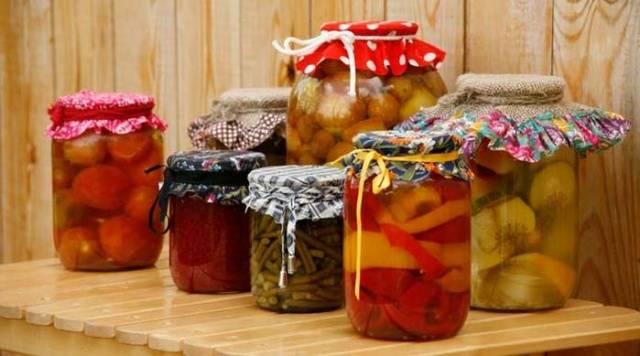
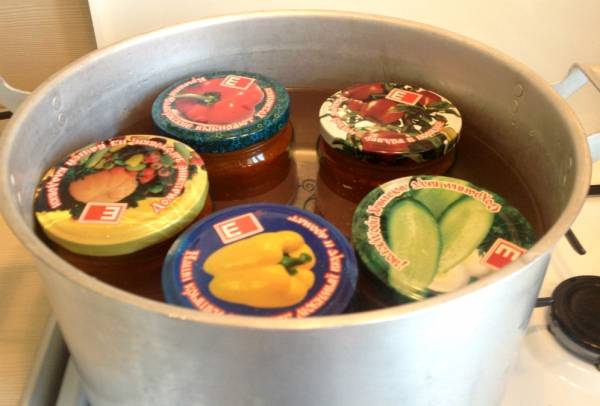
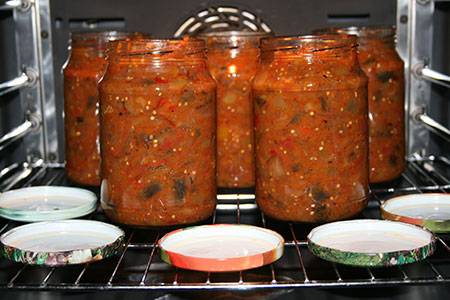
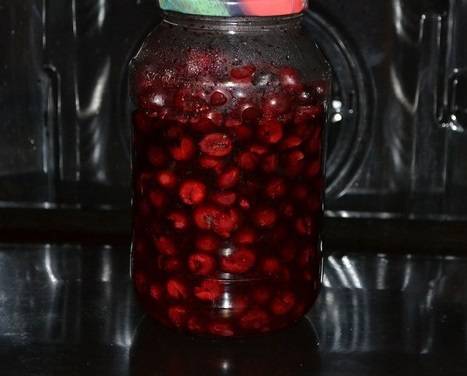
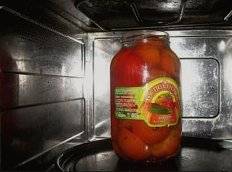
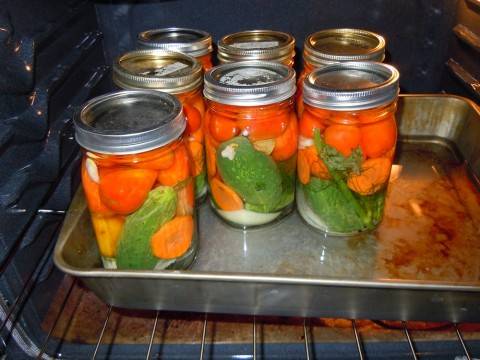
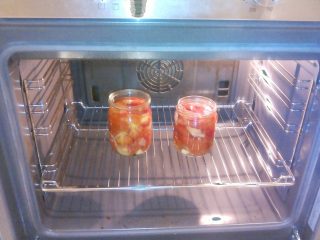
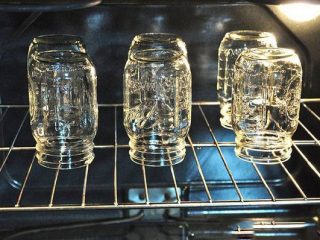

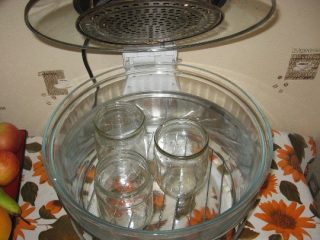
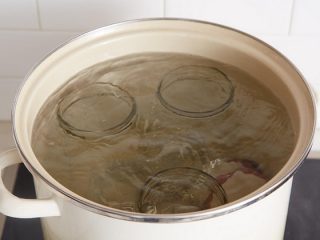
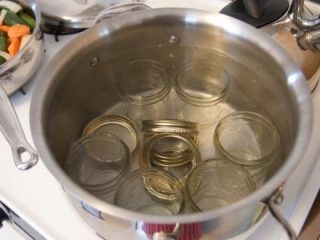
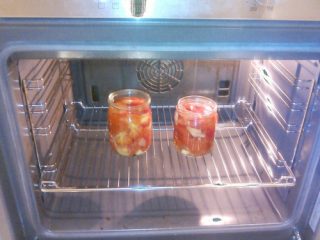
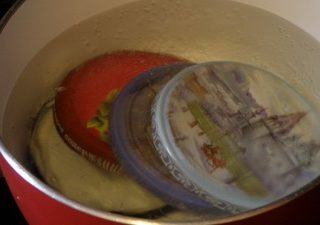
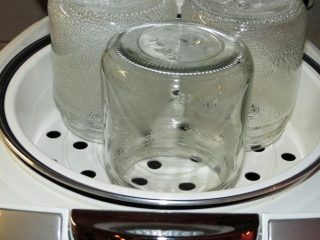
An article with useful information. Especially take into account that this is the first time I made the blanks